What is a first and last frost date, you ask? The first frost date signifies the end of winter, in a sense. Typically the ground will not freeze past this average date. The last frost date signifies the beginning of winter. The weather at this date will become too cold for most vegetables and will likely kill of those last tomatoes.
Knowing these dates will help you understand when different vegetables want to be planted. Some like to be in the ground when it’s still really cold. Others will need to be sown or transplanted after all danger of frost has passed. Find the average first/last frost dates for your location at the Old Farmer’s Almanac.
What does a hardiness zone mean? A hardiness zone tells you what plants will thrive and what plants will struggle in your location, based on climate factors. Zones reflect how severe the temperature changes are, how cold winter is or how hot summer will be. There are a couple sources for zone information: the USDA and Sunset. Sunset can sometimes be more accurate, as they often take into account microclimates in the area. Talking to your local nursery is another option to find out from locals what zone you fit into.
Let’s take Portland for an example. We have a pretty long growing season because our last average frost date is April 3rd and first is November 7th. That gives us roughly seven months to grow things outside of freezing temperatures. Our zone though is six, which means it doesn’t get really hot here. Growing things that need hot heat will most likely not do well here.
When it comes to planting vegetables, consider both your frost dates and zones. If Portland doesn’t get super hot, you might want to help heat-loving plants like tomatoes, peppers and melons. Consider growing them in black containers that will absorb heat. Pick fast-ripening varieties that require fewer hot days to mature. Another option is to cover your crops with plastic to raise the temperature level for your plants. You can do this to start vegetables outside sooner than they would otherwise prefer, or do this in the summer to get heat-loving vegetables extra warm.
I love referring locals in the Pacific Northwest to the vegetables calendar produced by Portland Nursery. They will tell you the best method to grow vegetables – either seeding indoor or direct sowing – and they tell you in what month to plant them. Easy-peasy.
If you live outside the NW, check out this great Excel spreadsheet from You Grow Girl. You enter in your first and last frost dates and the Excel form calculates when exactly you need to start seeding. Happy planting!


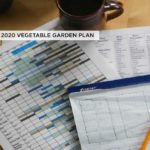
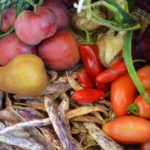
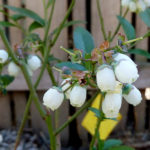

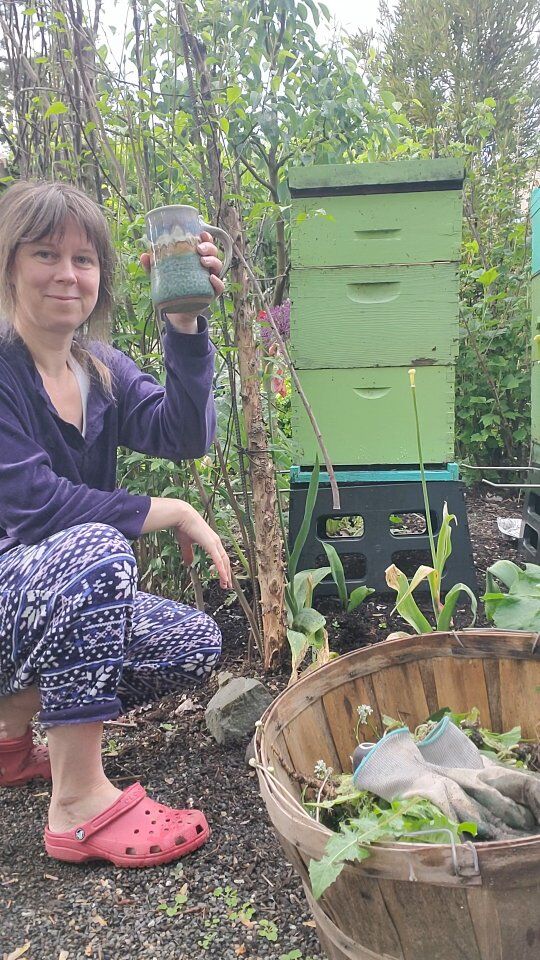

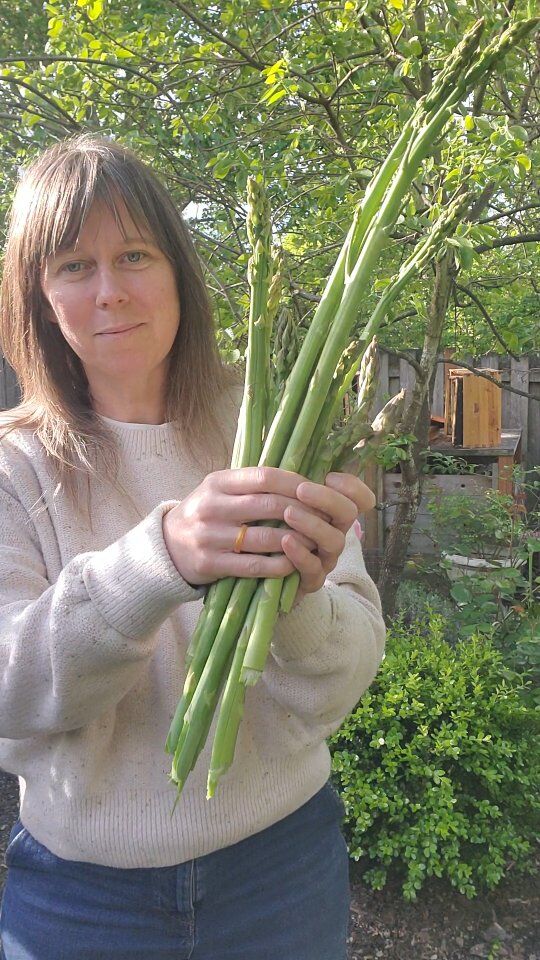
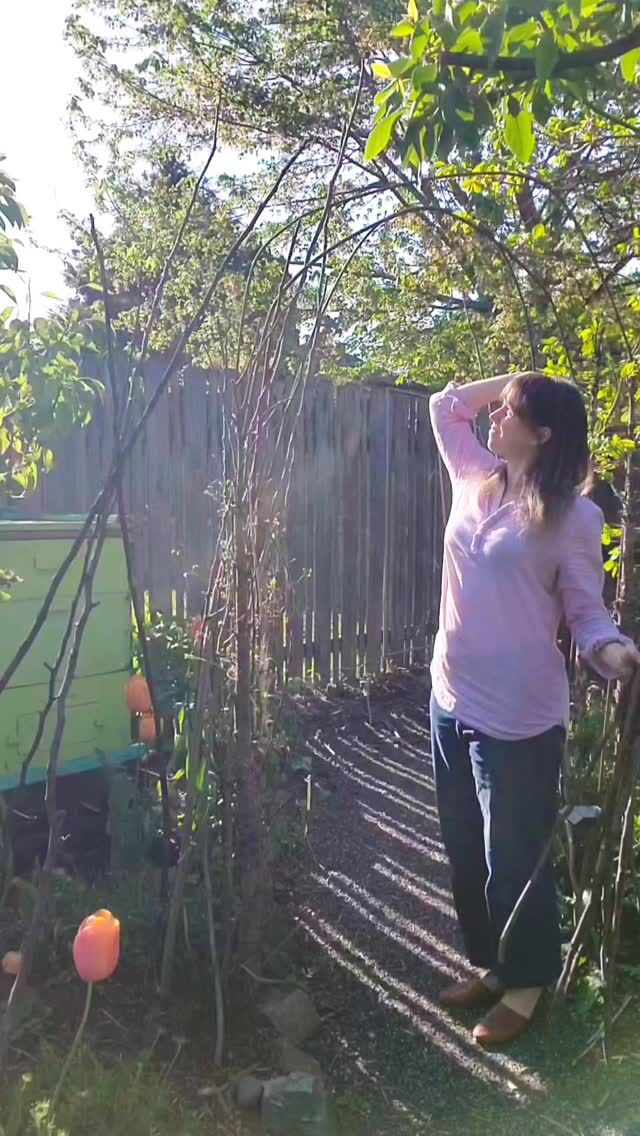
 I start with a
I start with a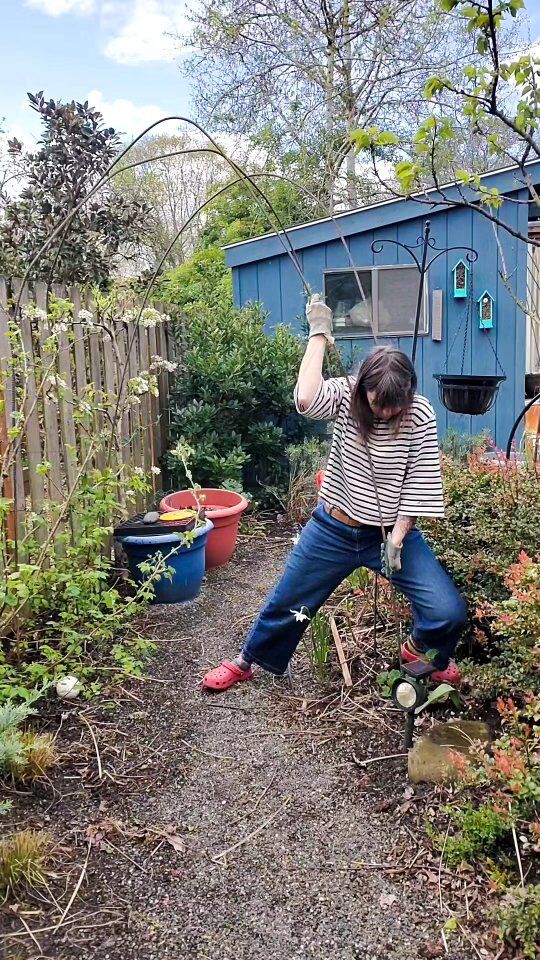
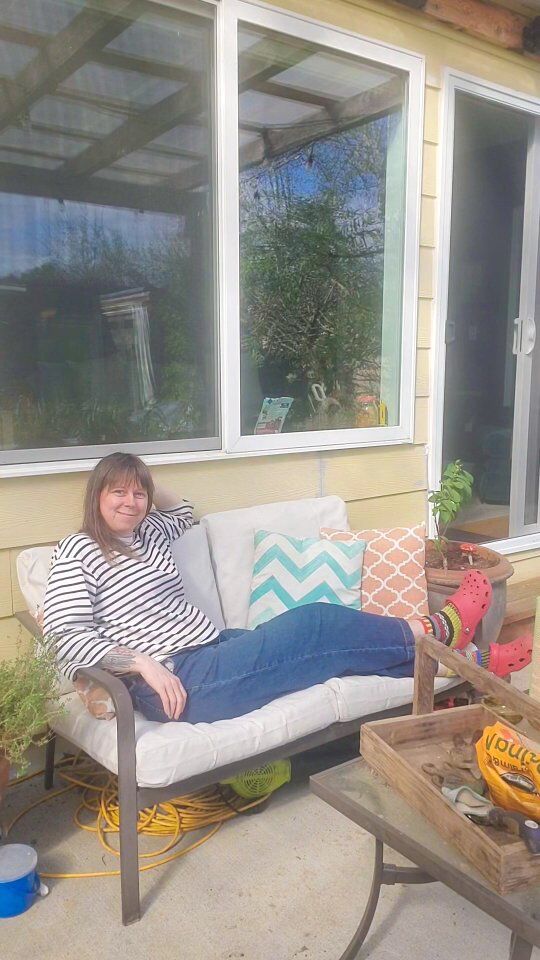
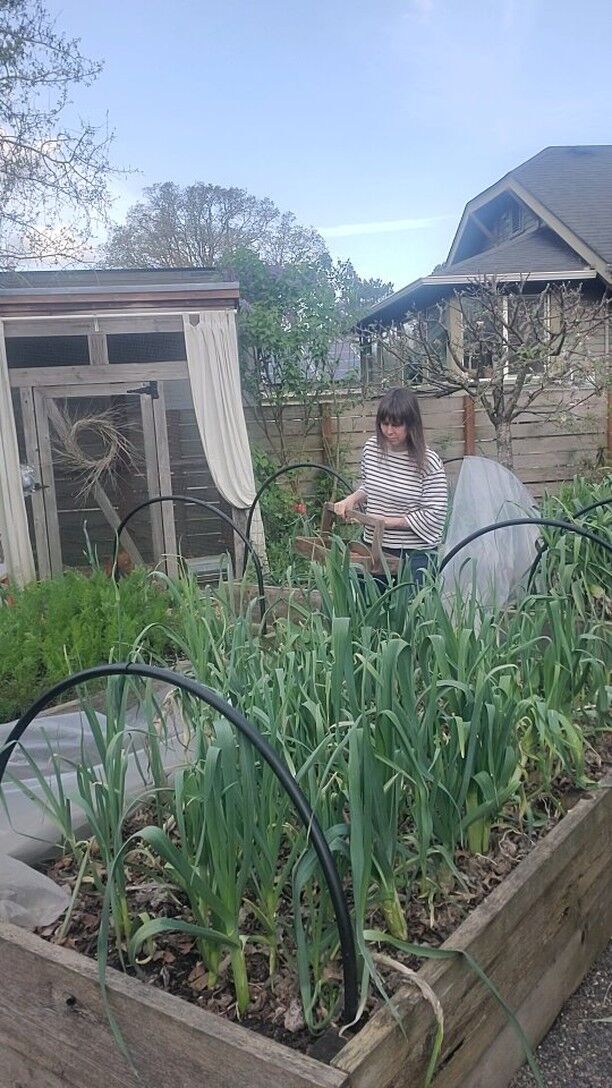
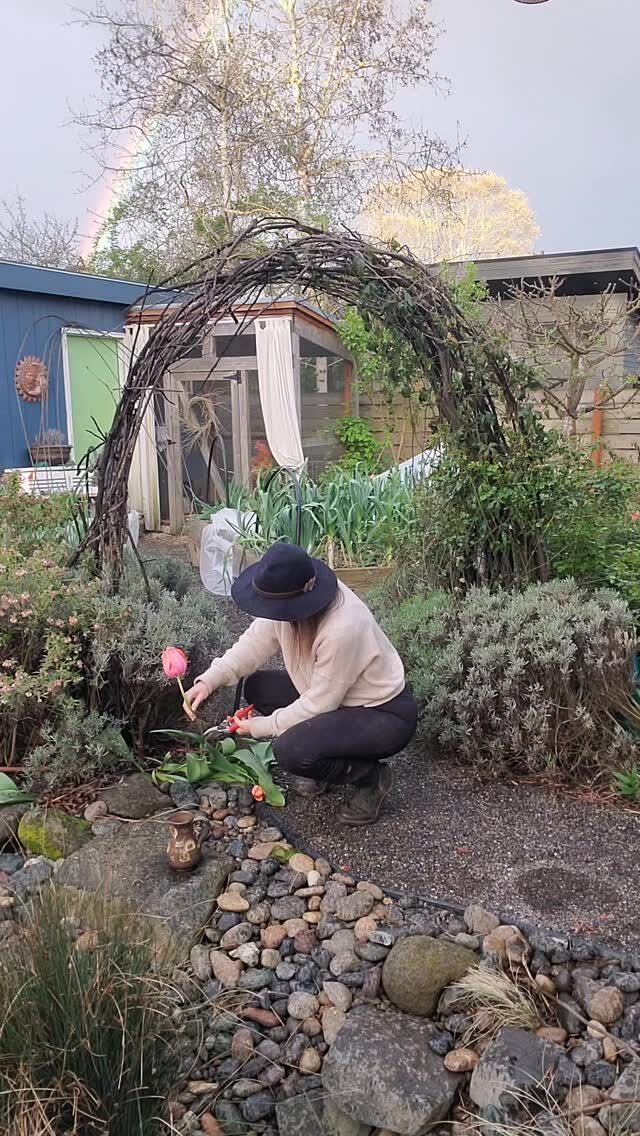
 There's a go
There's a go
What about the effects of El Niño this year?
I know it has been a little warmer than normal in western Oregon, but I would be cautious about planting sooner hoping the trend stays. If you do plant sooner, have a back up method like a cold frame or plastic covers to put over your plants should it get colder.
If you live in another area of the US, I suggest talking to your local nursery to see what they advise this year. NE, for example, is getting slammed with such cold weather that your planting there may be delayed a few weeks.
the weather here has been so awesome, hard to be patient
Thanks for posting the link to the Portland Nursery planting schedule. Awesome information.
if you are looking for more information on USDA plant hardiness zones, there is a detailed and interactive USDA plant hardiness zone map at http://www.plantmaps.com/usda_hardiness_zone_map.php which allow you to locate your USDA zone based on zipcode or city.
i have had garden fever for a month now! We have 8 inches of snow and it is still snowing here in MI. We had a frost in June last year and I lost all my tomatoes even tho I covered them!!
agree that the weather has been a big tease. i’ve been tempted to start a row of broccoli and spinach just to see what happens. if it doesn’t make it oh well, i’m only out a few seeds. also here is my own little personal planting guide if anyone is interested. been pretty successful with it here in PDX the last few years. http://beaumontbackyard.wordpress.com/2009/04/30/the-plant-gant/
Agreed – the Portland Nursery calendar is amazingly helpful; I intend to share with other greenthumbs from the area, thank you!
Hey, great website. I’m a sassy garden growin’ gal out in Hillsboro. Its my first time growing a garden, but I don’t like to read very much. I just let the plants do the work. During these colder days of spring, what do you recommend putting in the ground?
If you are new to gardening, start here with Portland Nursery’s guide to vegetable planting calendar: https://portlandnursery.com/docs/veggies/VeggieCalendar.pdf